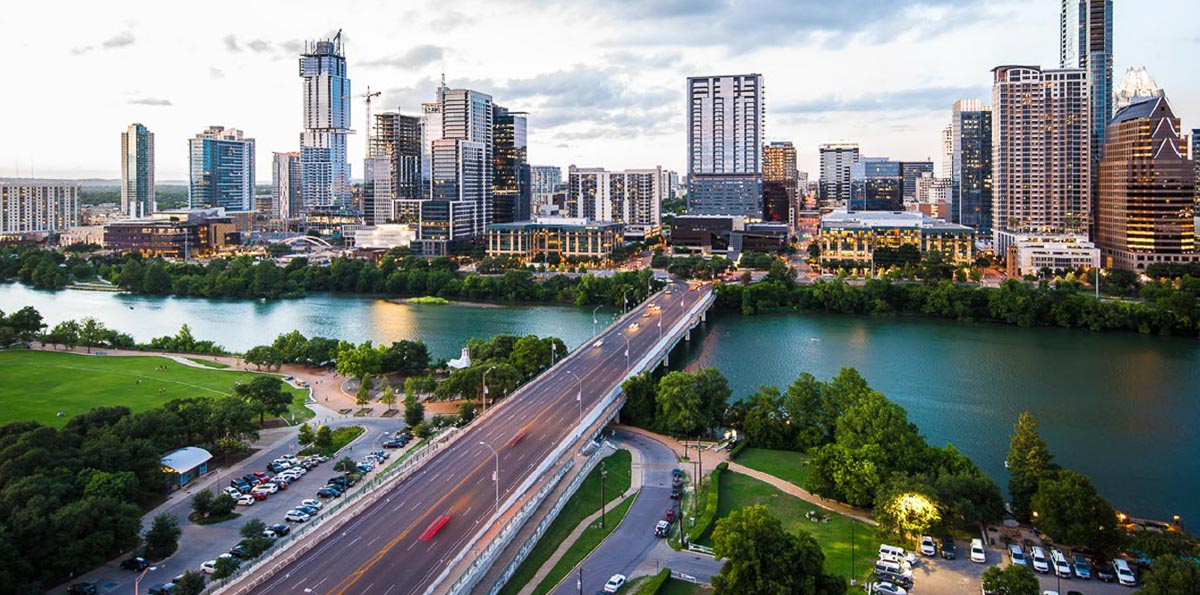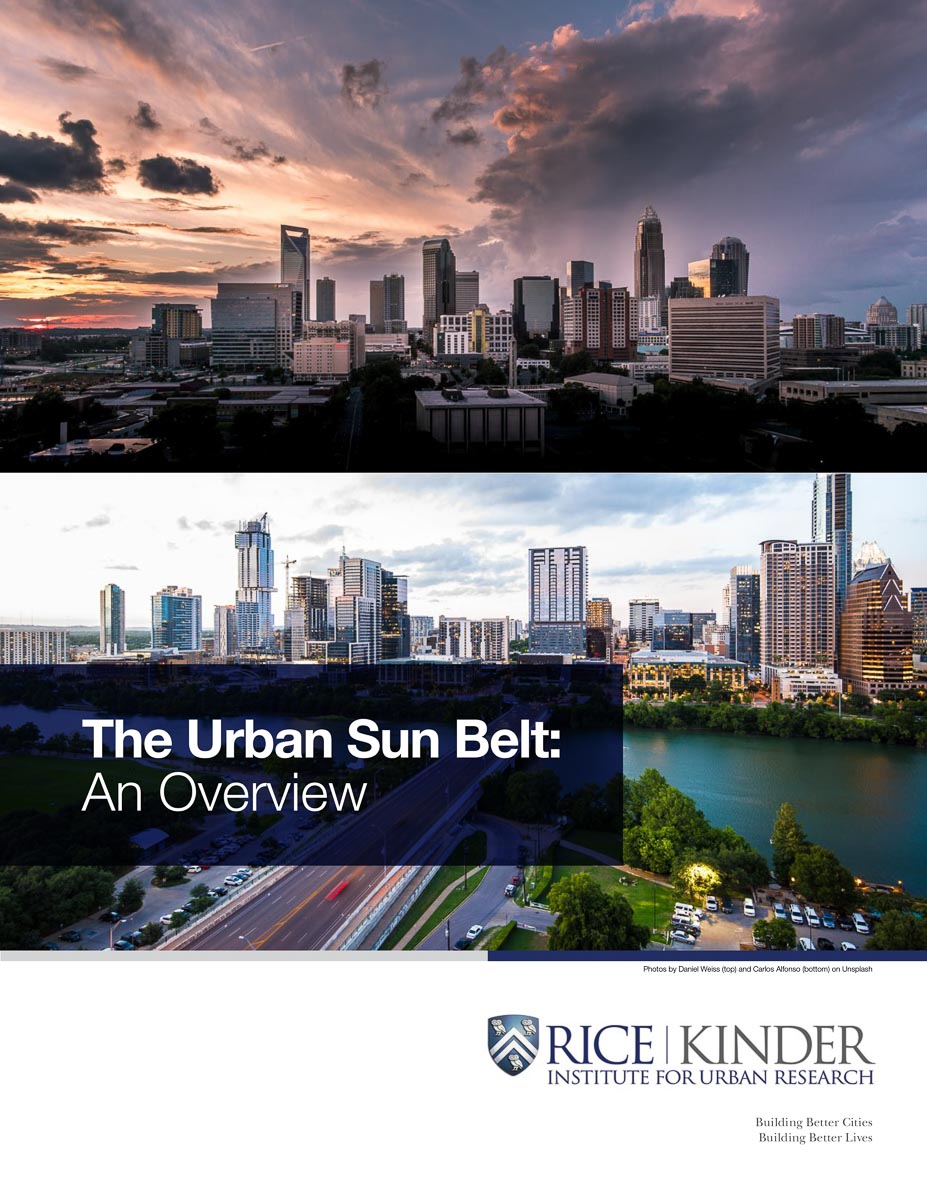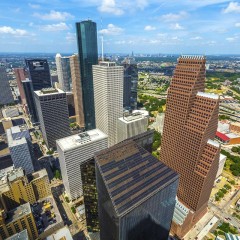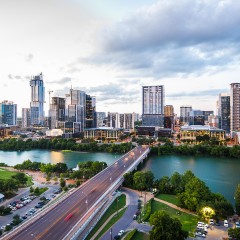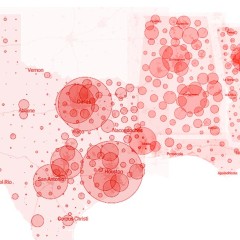This paper focuses on the 22 metropolitan statistical areas in the Sun Belt with a population of 1 million people or more. Together, they accounted for almost half of all population growth in the entire United States between 2010 and 2016.
Large Sun Belt metros are:
- Growing much faster than their counterparts elsewhere
- Adding more younger and older residents
- Adding many jobs, but mostly in the highest- and lowest-paying sectors
- Adding more poor residents
- Losing their housing affordability advantage
- More automobile-dependent, therefore they have high transportation costs and relatively low public transit ridership
Overall, the combination of growing income inequality, rising housing costs, segregation and the automobile-centric nature of Sun Belt cities creates an interconnected set of challenges that would be difficult for any city or metropolitan area to deal with. The fact that these challenges are occurring in large, young, fast-growing metros makes the challenge doubly difficult. This report highlights the differences between Sun Belt urban areas and other metros, and it aims to start a conversation about how large Sun Belt cities might begin to tackle the urban policy challenges specific to them.
Photo by Carlos Alfonso/Unsplash

